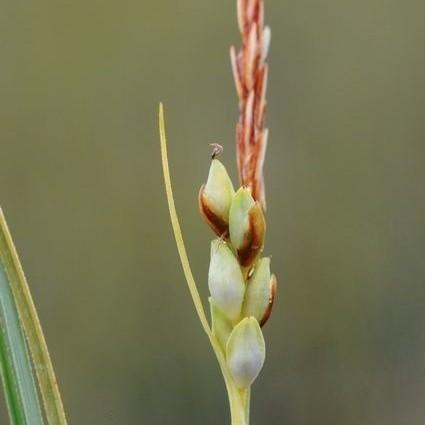
Livid Sedge
Carex livida
Watering:
Minimal
Hardiness Zone:
Sun:
full sun,part shade
Leaf:
Yes
Growth Rate:
Low
Drought Tolerant:
Yes
Salt Tolerant:
Yes
Care Level:
Medium
watering
Taperfruit Shortscale Sedge should be watered consistently and deeply but not too frequently. Soil should remain moist but not soggy. Water once or twice a week in summer and monthly in winter, or when the soil is dry to the touch. When watering, make sure the entire root system is saturated. Avoid wetting the foliage as it can cause fungal diseases. Always water the plant from the base and avoid using a sprinkler.
sunlight
Taperfruit Shortscale Sedge (Carex leptopoda) needs full sun exposure to thrive. It requires 5 to 6 hours of direct sunlight every day for optimal growth. It should be planted in an area that will receive sun for most of the day, but avoid planting it in an area that receives full midday sun, as this can be damaging to the sedge. Additionally, during the hottest and coldest parts of the year, it is best to try to minimize or avoid extreme temperatures by providing some afternoon shade during summer months or providing protection from the winter chill.
pruning
Taperfruit Shortscale Sedge (Carex leptopoda) should be pruned in the late spring or early summer when new growth begins to appear. This will give the plant plenty of time to start growing again. It is important to avoid pruning too late in the year or in the fall as this can damage the plant and prevent it from recovering. Prune by removing dead and unwanted stems and foliage down to the base of the plant. When pruning, make sure to leave some healthy foliage at the base to ensure healthy new growth in the spring. Pruning should only be done when absolutely necessary and should only involve the removal of dead and/or damaged leaves and stems.
